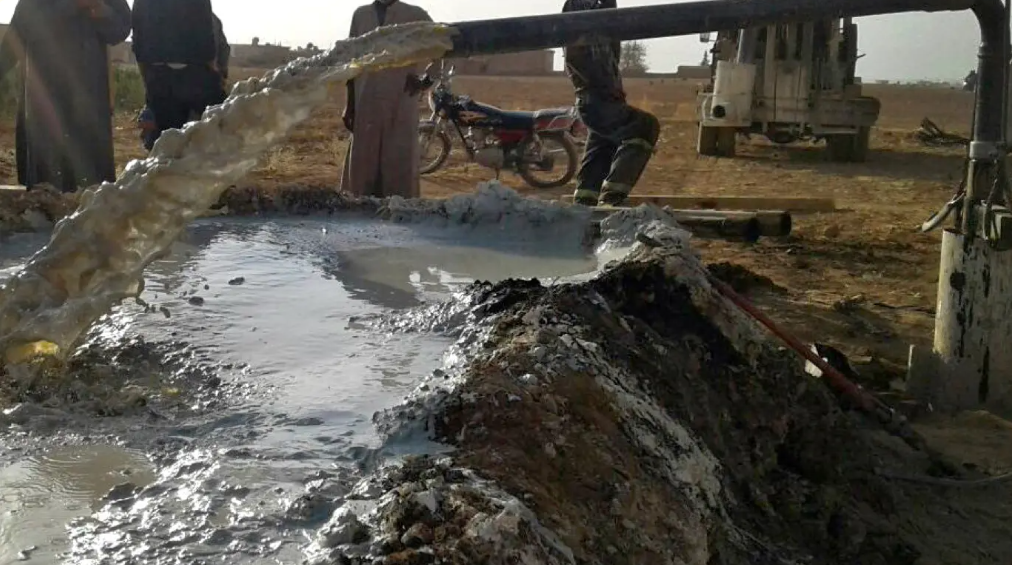Zex Bilangilangi in Germany water campaign: Here are 8 countries running dry
)
Bilangilangi was joined by various artistic acts for the performance, including rapper Octopizzo. He has been a member of the campaign for a minute now because he posted a picture of himself holding a sign reading "Water is A Human Right" on March 22 this year for World Water Day.
This campaign is a reminder that many people don't have access to clean water while others struggle to have any water at all. These 8 countries have been named by United Nations as the most water-stressed countries.
1. Cape Town
Although not a country, current projections say Cape Town is to become the first modern major city in the world to run completely out of water. This area of four million people is in a water crisis that stems from a combination of poor planning, three years of drought bad crisis management, according to TIME.
2. Lebanon
More than 71% of Lebanon’s population faced critical water shortages in 2021. In 2022, three litres of water cost 8,000 Lebanese pounds (about UgShs2,000).
3. Pakistan
Pakistan is the third most water-stressed country in the world and this issue, which has been ongoing for the last 35 years, is said to reach a hopeless state by 2025.
4. Burkina Faso
The country's dry season, which runs from October to May, has extended in recent years due to climate change. This means the country spends most of its year without rain not to mention the Sahara desert proximity. It is said that water access has dropped by 40 per cent in some areas of the country.

5. Niger
Niger borders Burkina Faso’s northeastern territory, and sits completely within the Sahel, leaving the entire country threatened by drought and desertification. Some regions are devastated by a chronic shortage of clean water especially in the warm months which regularly see temperatures beyond 100° Fahrenheit. Only 56% of Nigeriens have access to a source of drinking water, and just 13% have access to basic sanitation services.
CHECK OUT: Danger of drinking coconut water
6. Sudan
Approximately 97% of the country’s water use goes into agriculture, meaning that increasingly scarce water resources carry multiple threats to the country. The high amount of farming activity that’s led to added desertification of Sudan. Available groundwater resources are shared across borders with Egypt and Ethiopia, leading to additional diplomatic stresses around water consumption. Over 40% of families lack access to basic water services.
7. Nepal
Nepal is home to 2.7 per cent of the earth's available freshwater thanks to a number of glaciers, rivers, springs, lakes, groundwater, and high amounts of rainfall. However, it’s also a country where water scarcity has reached a crisis point, especially in the last 20 years. Its network and infrastructure are not able to meet supply or demand. The capital city of Kathmandu met less than 20% of its local water needs and of the eight rivers that flow through Kathmandu, none are clean.
CHECK OUT: 4 drinks that are dehydrating your body
8. Syria
Northern Syria was experiencing its worst drought in nearly 70 years at the end of 2021 due to low levels of water in the Euphrates River. Before 2010, the International Committee of the Red Cross reports, 98% of people in Syria’s cities and 92% of people in its rural communities had reliable access to safe water. That’s dropped by over 40%, with only 50% of water and sanitation systems still functioning.
)
)
)
)
)
)